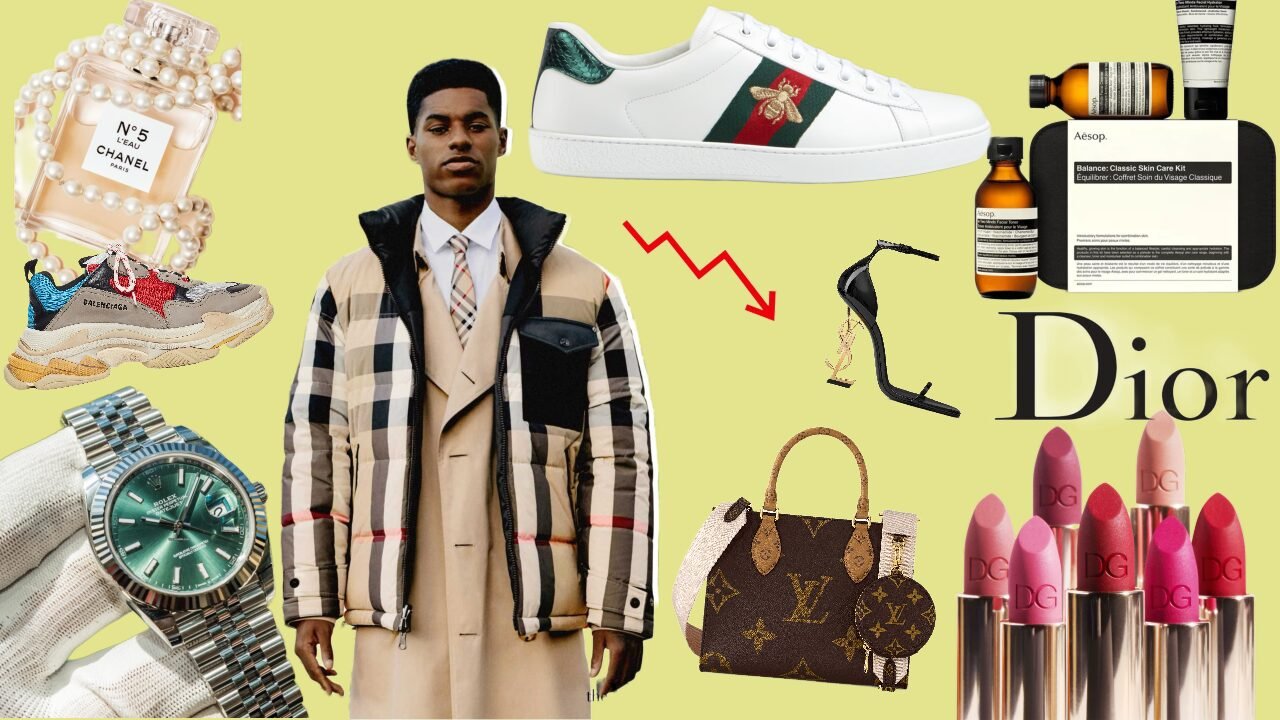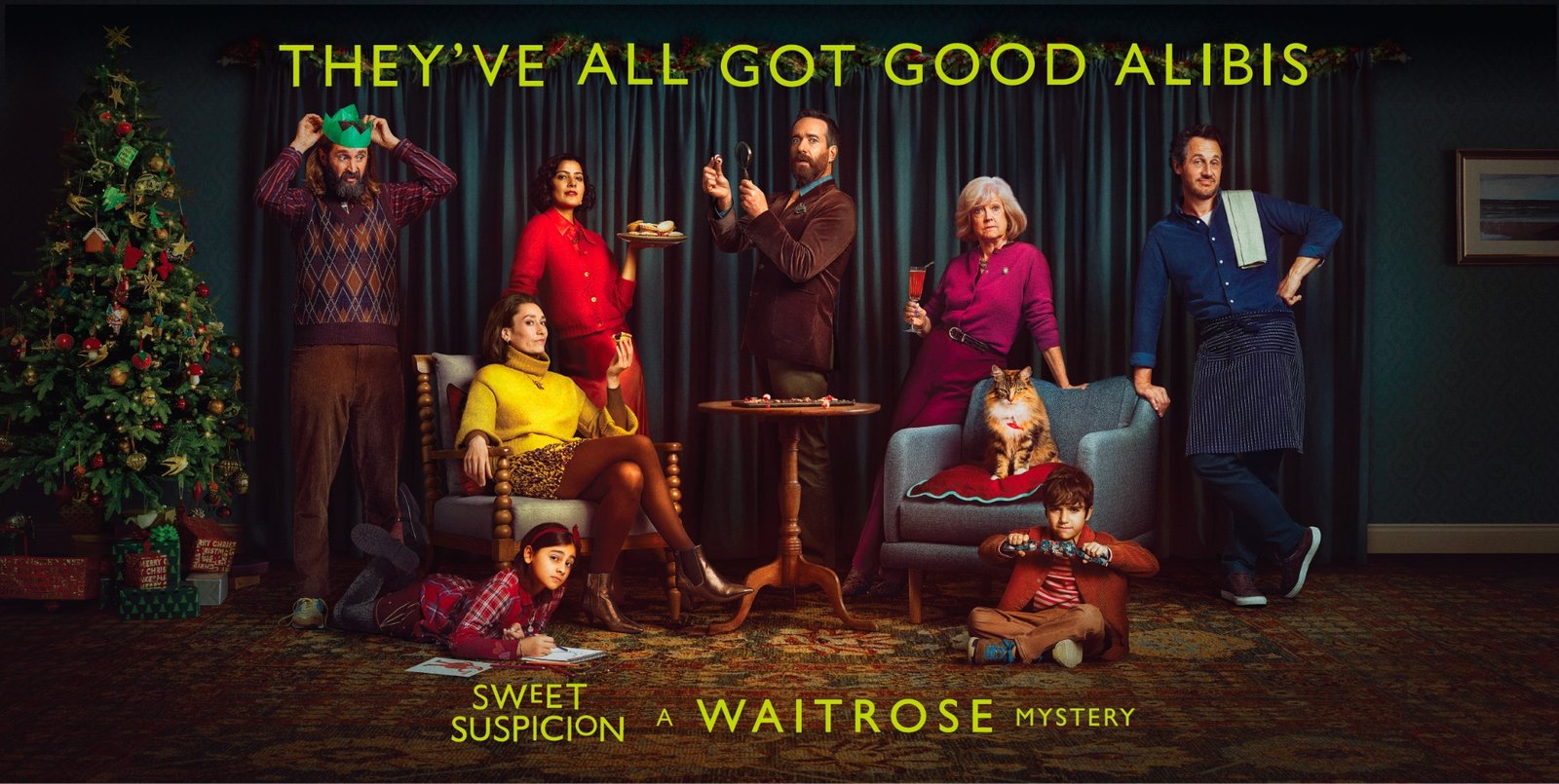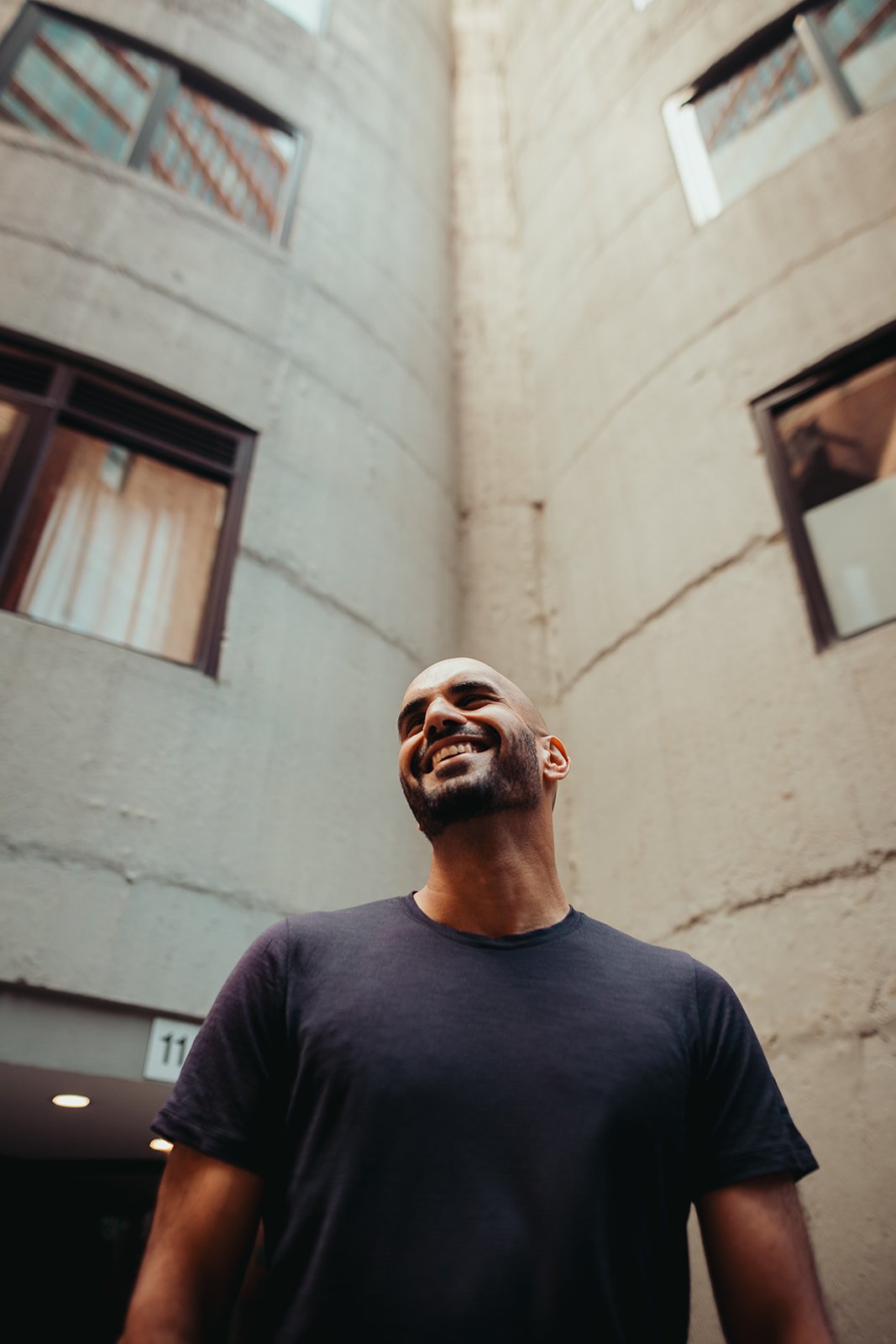Get In Touch
hello@untangld.co
Get In Touch
hello@untangld.co
Follow
|
LinkedIn

We use cookies to make sure you have the best experience on our website. Fear not, we don’t sell your data to third parties.


Luxury brands cast spells. Their magic lies in creating worlds you want to inhabit, a person you want to be, a life you want to live, values you aspire to. But fewer people are buying into that dream, resulting in a collapse of consumer spending in the category so – as we enter the crucial September shopping season – it’s worth thinking about what’s gone wrong.
The answer is that they forgot to delight. For too long, luxury brands have treated their customers like ATMs. Hermès bags that cost $8,000 in 2019 now retail for $12,000 and Chanel increased prices five times in two years because demand seemed infinite, especially with China driving unstoppable growth – so why not test it?
It now looks like consumers have been tested to their limits. Luxury spending was down 7% in early 2025, following an 8% drop in 2024. The global luxury consumer base has shrunk by 50 million people since 2022, and 2024 sales shrank 18-20% in the crucial Chinese market.
The breaking point wasn’t just price. It was viral videos from Chinese factory workers casually revealing that luxury bags retailing for $38,000 cost just $30-$1,400 to make. Suddenly, that Birkin wasn’t just expensive; it was exposed as a 1,000% markup wrapped in a logo. Valuable, mercurial Gen Z, already sceptical of traditional status symbols, suddenly had the maths to suggest that luxury goods are more trick than magic.
So how can we bring the magic back?
Do you remember the queues outside Supreme? It was a time when every aspiring brand decided the hack was to own “the drop.” Luxury responded by flooding the zone with multiplying collections, incessant newness, and countless collaborations, with the result that exclusivity became hackneyed.
Cultural cachet is about being an intentional creator and connector of culture, not just a participator. Dior’s ongoing Lady Dior Art series, for example, transforms its classic handbags into fine art objects, reinforcing Dior’s image as a patron of contemporary creativity. Another Dior initiative, the Designer of Dreams exhibition at major museums, blends fashion, art, and immersive storytelling to cement the brand’s place in both historical and contemporary culture.
Yes, we are all very excited by the superintelligence in our pockets, but don’t forget that the intimacy, the human part, is one of the few edges in a world where AI has turned intelligence into a commodity. The brands winning with AI aren’t the ones with the fanciest algorithms; they’re the ones that use data to understand their customers’ deepest hopes and aspirations.
Gucci’s AI personal shopper delivers a bespoke service to millions of customers simultaneously, but it’s not about the technology, it’s about the human insight that technology enables. These systems let us make someone feel special when you’re serving millions: it’s the beautiful paradox of mass personalisation.
An alternative take on personalisation is Yves Saint Laurent’s Lipstick Printer. YSL has launched a revolutionary AI-powered lipstick printer, allowing customers to custom-create their own unique lipstick shades at home. The initiative pushes hyper-personalisation into the tech-savvy beauty space, turning purchases into an adaptive, digital-first experience.
Luxury brands know that storytelling across platforms is important, but there’s a difference between the ones that hold onto their traditional brand codes and shuffle into social, and those who truly embrace the new possibilities.
Brands can learn from Loewe’s madcap, risk-taking social presence, Burberry’s gloriously celebratory films, Hermes’ use of pure craft as content, or Schiaparelli’s bold, artistically driven visual storytelling that outperforms typical engagement on Instagram by 600%.
The secondary market has always been tantalising to premium brands and remains a vanguard of opportunity, a place where pre-owned luxury isn’t cannibalising new sales, but extending brand relationships. Balenciaga’s partnership with circular fashion platform Reflaunt, for example, is a way of bringing in customers with the right taste, but of different means or life stage.
Maybe there’s a new kind of magic in waiting to be unlocked in luxury. Still delightful, still built around imaginative worlds and parallel states of being, but this time aware of its place in the world, pragmatic around business, and most of all, built from the knowledge that luxury goods should be built for sustained magic, not just a sugar hit.









→ A proven business leader to some of the world’s most innovative and successful B2B and government brands including AGL, CommBank, WorkSafe and the BBC. Jamal’s multifaceted experience includes the practical application of insight into meaningful growth strategies, processes and digital products. From start-ups to blue-chip businesses, he’s helped launch ideas, scale teams, revitalise systems, and worked with business leaders to level-up their models and approach to brand experience.
